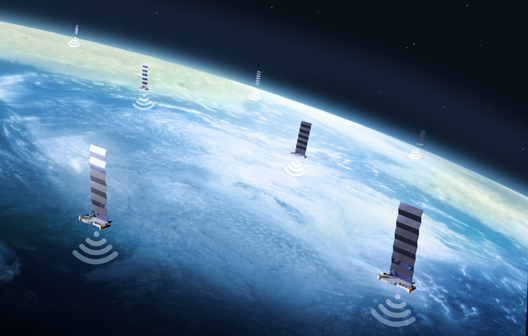
The vast expanse of space has become an important platform for human endeavors, and satellites play a crucial role in our daily lives. From enabling seamless communications to facilitating remote sensing and research, to providing internet connections to the remote corners of the world, these orbiting space machines have become an integral part of our modern world. However, the challenges of maintaining and repairing satellites in space have led to an innovative solution - the integration of robotics.
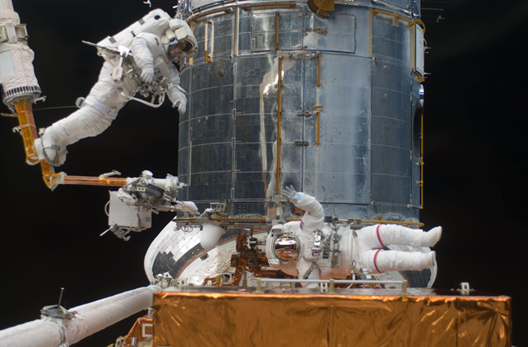
In the past, satellite maintenance was a challenging task that relied heavily on astronaut interventions. Astronauts meticulously repaired the Hubble Space Telescope via the Space Shuttle, and constructed the International Space Station, but this approach was both costly, dangerous, and time-consuming. As the demand for satellite services grew, engineers faced the challenge of designing satellites that could withstand the harsh environment of space without human intervention. Enter the era of space robotics - an evolution in satellite servicing that promises to prolong the lifespan of satellites and reduce the costs associated with space missions. NASA has been researching methods to extend the life of their satellites, with plans to launch the On-orbit Servicing, Assembly, and Manufacturing 1 (OSAM-1) robot after 2025. OSAM-1's first mission will involve a complicated refueling operation for an already in-orbit satellite, a task previously considered impossible.
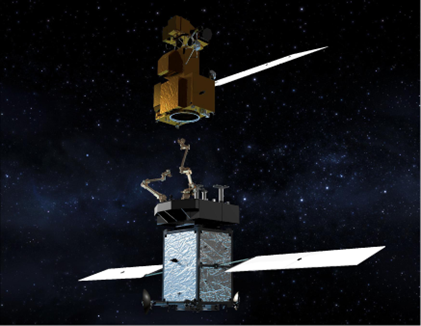
One such target for OSAM-1 is Landsat 7, launched by the US Geological Survey in 1999. Previously thought to be untouchable, Landsat 7's interface will be accessed by OSAM-1's robotic arm in attempts to refuel the satellite. Such advancements in robotics pave the way for a new era of satellite maintenance, potentially reducing the generation of space debris and promoting sustainability in space exploration.
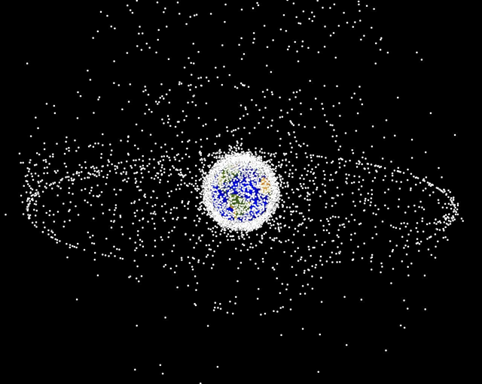
As the number of satellites and space missions increases, so does the issue of space debris, often referred to as the "Kessler syndrome." Proposed by NASA scientist Donald Kessler in 1978, this theory warns that the accumulation of space junk could lead to catastrophic collisions, creating a domino effect that renders Earth's orbit nearly unusable. Over 130 million pieces of space debris currently orbit the Earth, posing a significant threat to operational satellites and future missions. To combat this problem, various companies have initiated space robot programs aimed at mitigating the risks of space debris. Rogue Space Systems, for instance, has developed robots to attach tethers to objects, guiding them toward the Earth's atmosphere, where they safely burn up upon reentry. This innovative process accelerates the deorbiting time, significantly reducing the potential hazards posed by space junk.
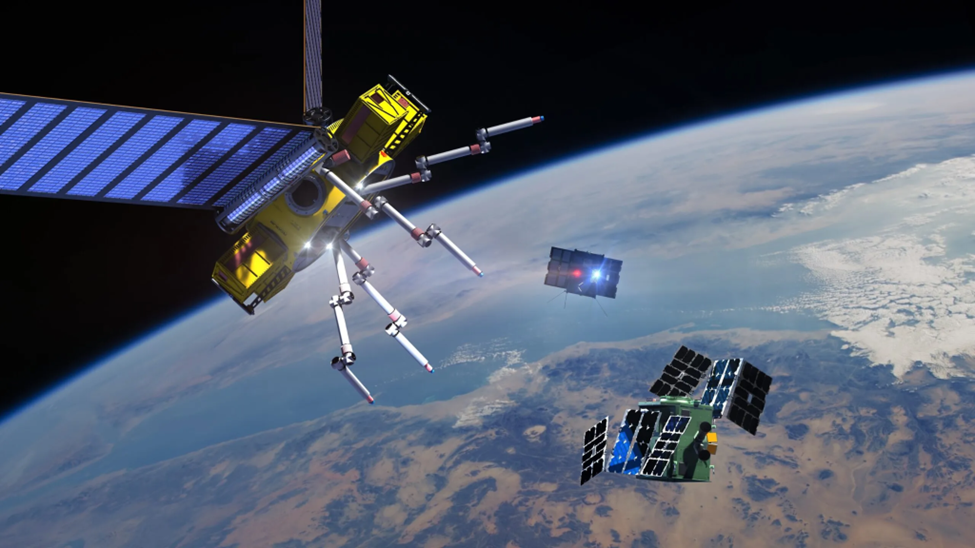
While robotic solutions offer hope in addressing the space debris challenge, the efforts to clean space need to outpace the rate at which debris is generated. The integration of robotics in satellite servicing and deorbiting represents a substantial step forward in mitigating space junk issues. However, achieving long-term sustainability requires a large commercial presence. As technology continues to advance, so does commercial feasibility of space travel, ensuring that robotics becomes an integral part of future satellite missions. This convergence of robotics, satellite engineering, and commercial applications has opened up new avenues for extending satellite lifespans, reducing operational costs, and addressing the space junk problem. With continued advancements and a collective commitment to sustainability, the popularity and importance of space robots will only continue to grow.